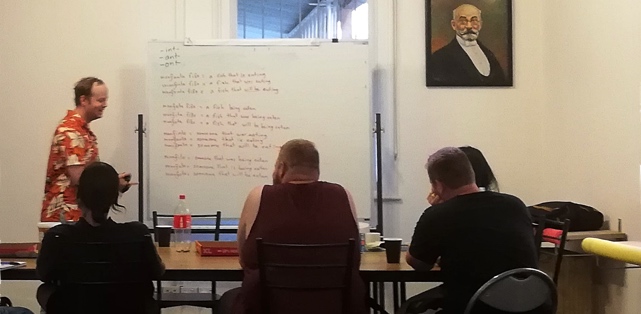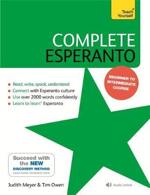Attend Esperanto classes

Courses in Esperanto, lasting from a weekend to several weeks, are held in many parts of the world throughout the entire year. You can combine learning Esperanto with making new international friends and visiting fascinating new places and cultures.
In Australia, the AEA holds fun lessons at the same time as the AEA congress. Classes are available for all levels, including complete beginners. It is also very likely that close to your home or work there is an Esperanto course being run regularly by a local Esperanto group.
Study on the Internet
Duolingo is a free science-based language education platform (selected by Apple as iPhone App of the Year 2013, by Google as Best of the Best for Android in 2013 and 2014).
Lernu! has web-based courses to suit every level of expertise. It has an online chat area, so you can practise your Esperanto with other students.
Mazi en Gondolando (or, in English, Muzzy in Gondoland) is a video for children, young people and adults to learn Esperanto, published by the BBC in 1986 and republished by Internacia Esperanto-Instituto (IEI) in 1996. An accompanying book contains all the text of the video and some grammatical advice.
You can also download the free program, Kurso de Esperanto. (Runs on Windows, Linux and Mac.)
For even more Esperanto learning resources, visit the excellent website of the Melbourne Esperanto Association.
Use a good book
 Some suggestions:
Some suggestions:
- Complete Esperanto, by Judith Meyer and Tim Owen
- Esperanto — Learning and Using the International Language, by David Richardson, published by Esperanto USA
- Being Colloquial in Esperanto: A Reference Guide, by David K. Jordan
And many, many others, available through good bookshops
